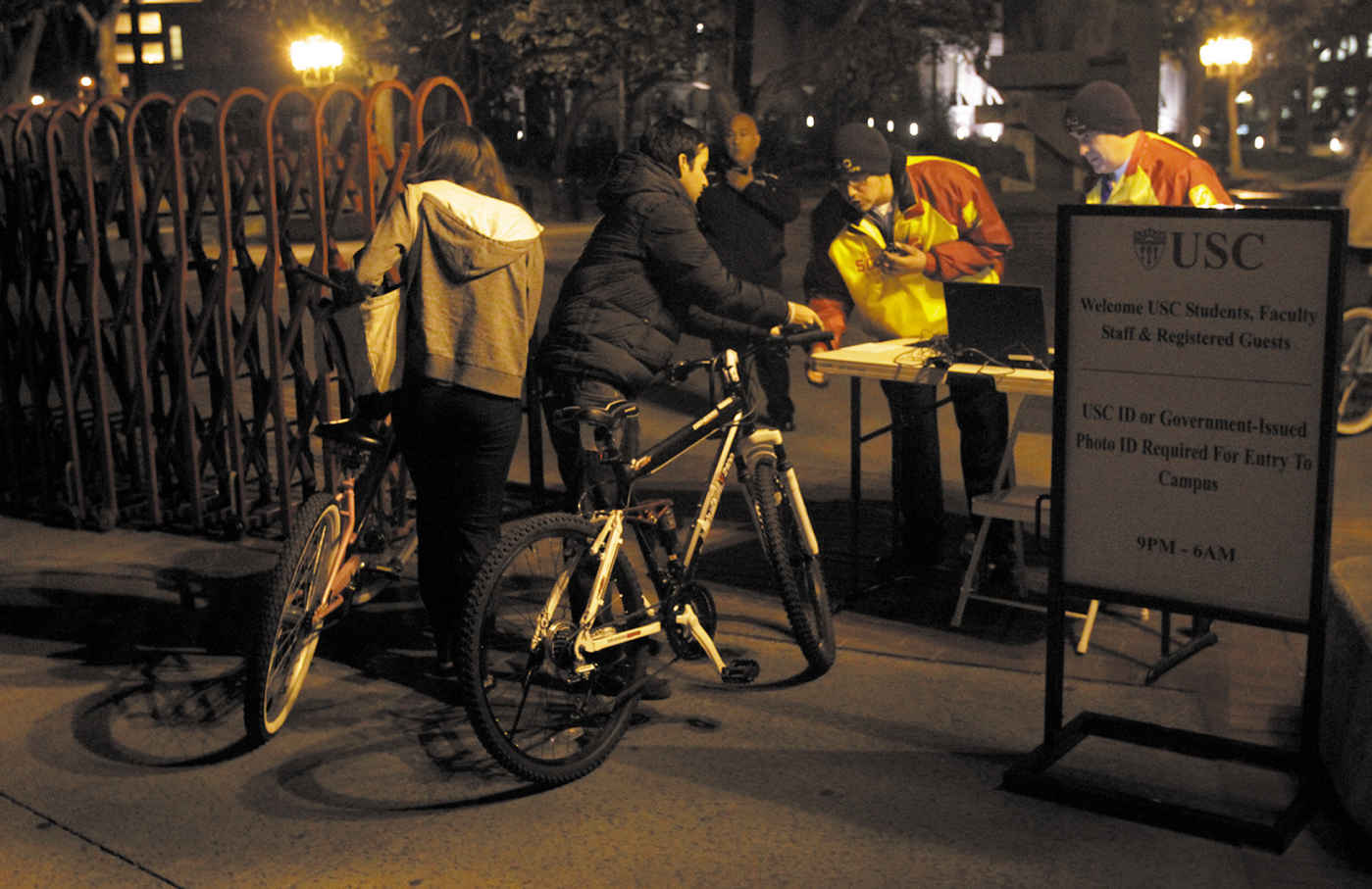AT ISSUE
How Far Should Schools Go to Keep Students Safe?
Unfortunately, it is no longer unusual to read reports of shootings, robberies, muggings, and even murders in schools—both urban and rural. In 2013 alone, more than two dozen shootings, which left eighteen people dead and many others injured, were reported at or near college campuses. But is this situation as bad as it seems? According to the Centers for Disease Control and Prevention (CDC), the vast majority of school-age children will never experience lethal violence at school. In addition, a number of studies suggest that college campuses experience less crime than society in general. Even so, the 2007 Virginia Tech massacre and the 2012 shooting at Sandy Hook Elementary have caused many people to worry that schools are no longer the safe environments they once were.
In response to pressure from parents, educators, students, and politicians, many public schools now require students to pass through metal detectors and teachers to lock classroom doors during school hours. Colleges have installed blue-light phones, card-access systems in dorms and labs, and surveillance cameras in parking garages and public areas. In addition, many colleges use text messages, automated phone calls, and emails to alert students and faculty to emergency situations.
Not everyone is happy about this emphasis on security, however. Some educators observe that public school buildings now look more like fortresses than places of learning. In addition, faculty members point out that colleges are supposed to promote free thought and that increased security undercuts this freedom by limiting access to campus and sanitizing the college experience. College students balk at having to wait in long lines to get into campus buildings as security guards examine and scan IDs. They also dislike having to register guests in advance and having to accompany them to dorm rooms. Students complain that colleges tell them they are adults but treat them like children.
Later in this chapter, you will be asked to think more about this issue. You will be given several research sources to consider and asked to write an ethical argument discussing how far schools should go to keep students safe.

